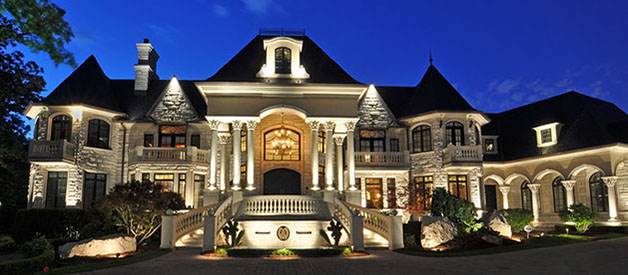Over 1600+ Agents in NC & SC
45+ Team Offices in NC & SC
10851 Providence Rd & Prior Awards:
Agent of the Year ~ Listing Volume Closed
Agent of the Year ~ Closed Volume
H. Allen Tate Jr Award
Legend's Club Award
Summit Award
President's Club Award
Chairman's Circle Award
Master's Circle Award
Winner's Circle Award
Top Performer Award
VIP Award
Over 1600+ Agents in NC & SC
45+ Team Offices in NC & SC
10851 Providence Rd & Prior Awards:
Agent of the Year ~ Listing Volume Closed
Agent of the Year ~ Closed Volume
H. Allen Tate Jr Award
Legend's Club Award
Summit Award
President's Club Award
Chairman's Circle Award
Master's Circle Award
Winner's Circle Award
Top Performer Award
VIP Award













